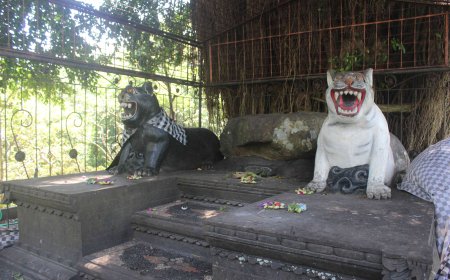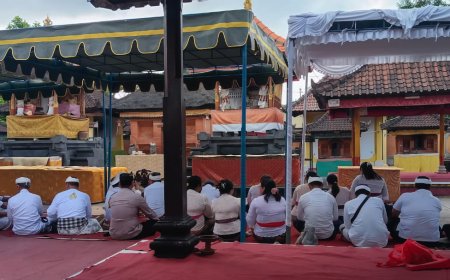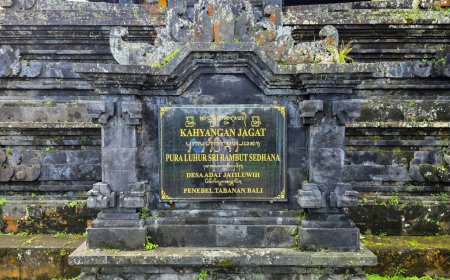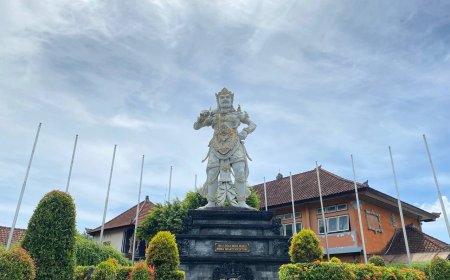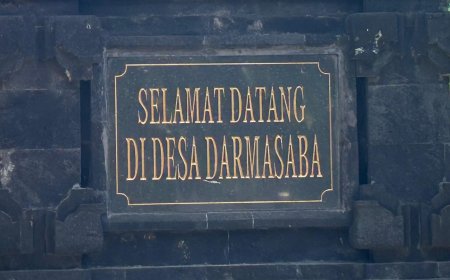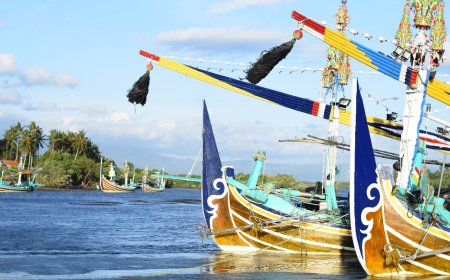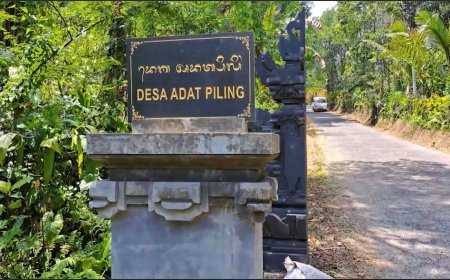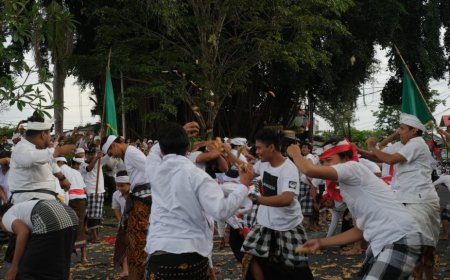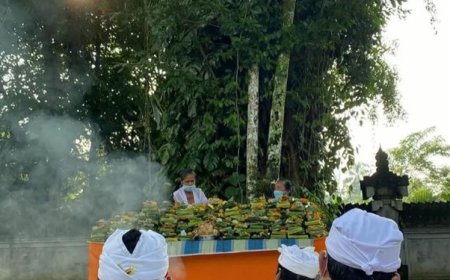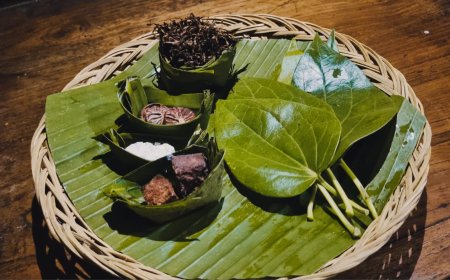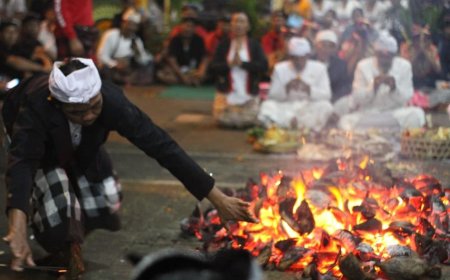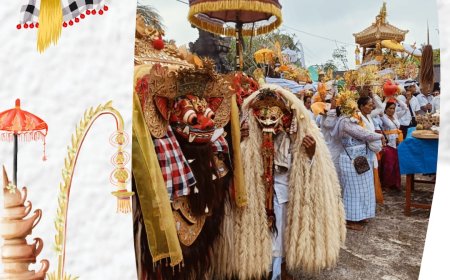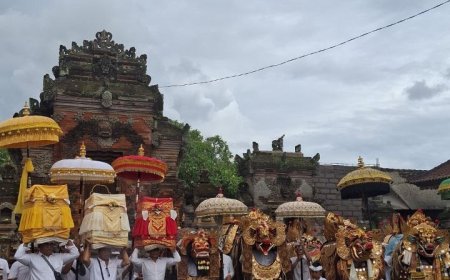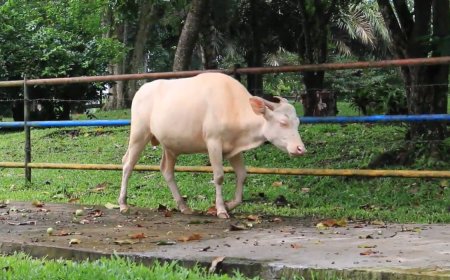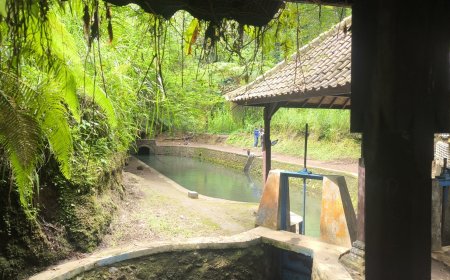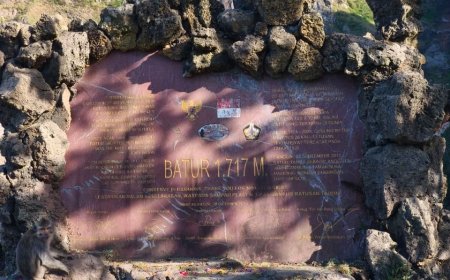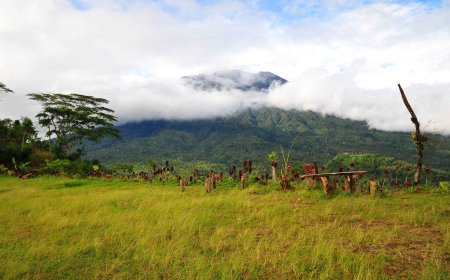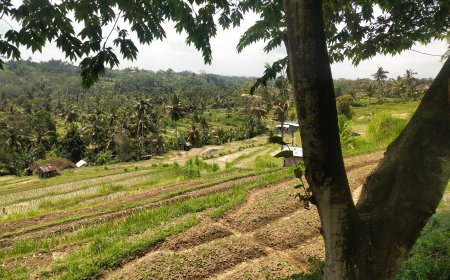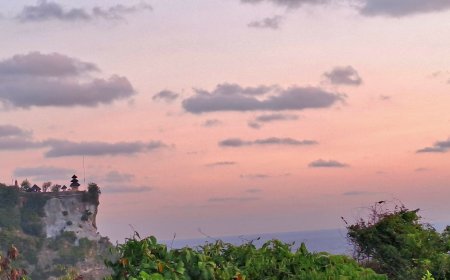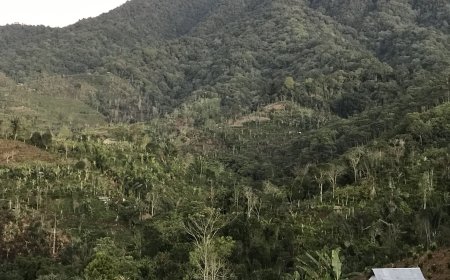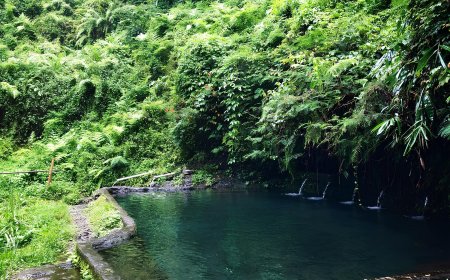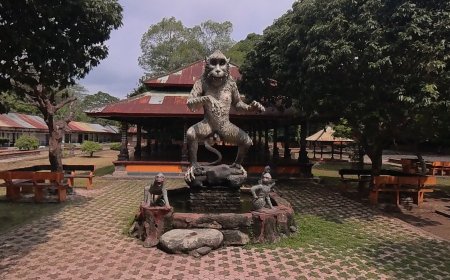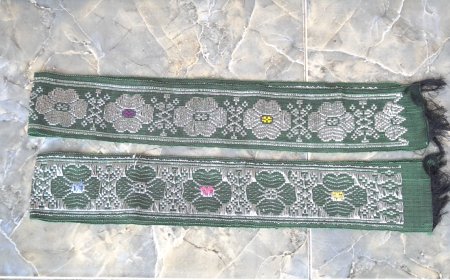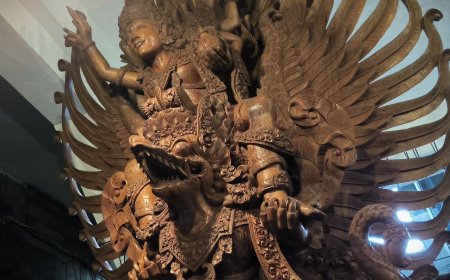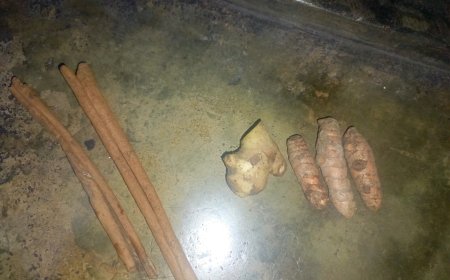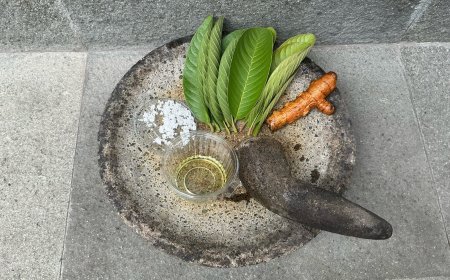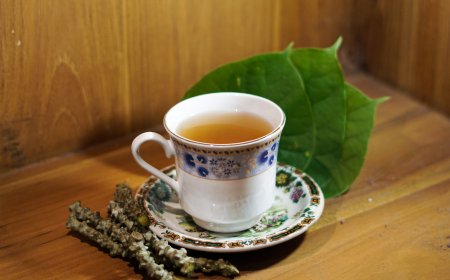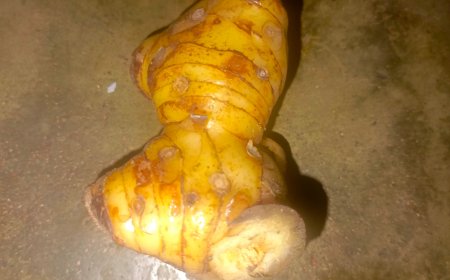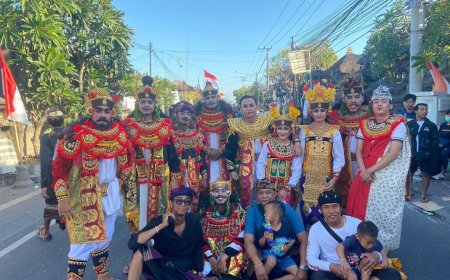Cag-Cag Weaving Craft: A Priceless Cultural Heritage from Tangkup Anyar Village
The Cag-Cag weaving craft is a unique tradition originating from Tangkup Anyar Village, located in Karangasem Regency, Bali. As a treasured cultural heritage passed down through generations, Cag-Cag weaving is renowned for its traditional techniques that remain unchanged over time. The fabric features distinctive patterns often inspired by local stories, cultural symbols, and the spiritual values of the community. Creating Cag-Cag fabric requires exceptional skill and patience.

Every pattern on Cag-Cag woven fabric holds a deep philosophy. For example, floral motifs represent the beauty of nature, while geometric motifs reflect the balance of life. These motifs are not only used as ornaments but are often part of traditional ceremonies, as attire for specific events, or as symbolic gifts.
The Cag-Cag weaving craft also plays an important role in supporting the village's economy. Many tourists, both domestic and international, are interested in purchasing these fabrics as unique Balinese souvenirs. This opens business opportunities for local artisans and increases the village's income. Some artisans have also innovated by incorporating cag cag weaving into modern products such as bags, scarves, and wallets, further expanding their market.
Despite its rich cultural value, this craft faces significant challenges, such as the lack of interest from younger generations to learn weaving and the high production costs. Therefore, the government and local communities are working together to preserve this tradition through training, exhibitions, and promotions. In addition, Tangkup Anyar Village has now started cultural tourism programs, where visitors can directly learn the process of making cag cag woven fabrics from the artisans.
The production process takes place in Desa Tangkup Anyar, located in the eastern region of Bali, using simple manual weaving tools passed down through generations. During the process, artisans utilize natural materials to create distinctive colors, from spinning the threads to assembling patterns on traditional looms. This process reflects the rich local culture, carried out with precision, patience, and a deep love for the art of weaving. Every step demonstrates the artisans' dedication to preserving the traditions and noble values of the local community.
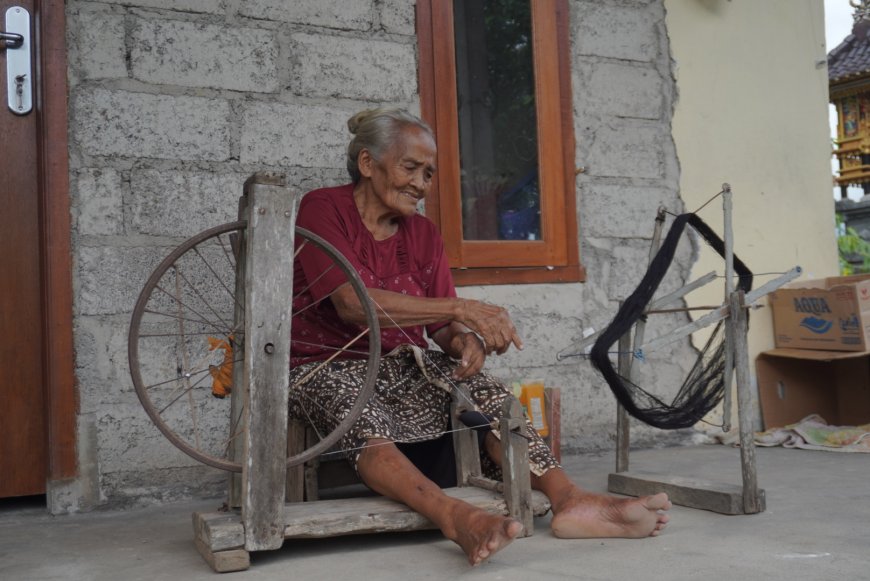
Thread Spinning Process (Photo Source: Personal Collection)
In this image, the process of spinning thread using a traditional wooden wheel passed down through generations by artisans is depicted. This step is a crucial initial stage in the creation of Cag-Cag woven fabric. The process begins by transforming cotton or similar materials into fine threads, which are then used as the primary material for weaving. Spinning requires skill, patience, and experience, as the quality of the thread determines the final quality of the woven fabric.
The wooden spinning wheel used is a traditional cultural symbol that reflects the creativity and innovation of the local community. The process involves turning the wheel by hand or foot, gradually spinning the cotton into long and sturdy threads. Each strand of thread produced is the result of the artisan's hard work and meticulous attention to detail, spending hours to ensure the highest quality.
The spun threads will then undergo several subsequent processes, such as warp arrangement and pattern weaving, to become Cag-Cag woven fabric with high artistic value. Thus, the spinning stage serves as the foundation for the entire process of creating this traditional woven fabric.

Warp Thread Arrangement Process (Photo Source: Personal Collection)
In the second image, the process of arranging warp threads using a traditional long wooden frame, passed down through generations of artisans, is shown. This step is an essential part of the Cag-Cag weaving process, where the warp threads are meticulously and neatly arranged to form a strong foundation for the subsequent weaving process. Arranging the warp threads requires diligence, precision, and expertise, as even a minor error at this stage can affect the pattern and quality of the finished woven fabric.
The tool used for arranging the warp threads is typically made of specially designed wood that ensures the threads are held at the correct tension. The warp threads are arranged one by one with careful attention to spacing and density so that the weaving pattern can be created according to the planned design. This process not only takes time but also requires a deep understanding of traditional techniques handed down from generation to generation.
The artisans performing this process must ensure that each thread is positioned correctly without slipping or breaking, as this will directly impact the final result of the fabric. The arrangement of warp threads also reflects the local wisdom of the Tangkup Anyar Village community, which continues to preserve the tradition of Cag-Cag weaving as a valuable cultural heritage. Although this stage may seem simple, it plays a vital role in the success of the entire weaving process.

Weaving Process (Photo Source: Personal Collection)
In the third image, the initial weaving process using the traditional Cag-Cag loom is depicted. At this stage, the threads that have been previously spun and arranged are woven one by one. This process requires high precision to ensure that the patterns created align with the planned design.
The Cag-Cag loom is made of wood with a simple yet highly effective design. Artisans use this tool to alternate the movement of the threads, creating the patterns and structure of the fabric. The artisan’s skill is crucial in determining the final result, especially in maintaining the neatness and strength of the fabric.
This weaving process is the core step in fabric production, as the final result reflects the artisan's skill, patience, and dedication. The motifs created also carry high artistic value, making Cag-Cag weaving one of the priceless cultural heritages from Tangkup Anyar Village.
These are some of the processes involved in creating Cag-Cag Weaving from the Tangkup Anyar Traditional Village that I have documented firsthand from the source. The process of creating Cag-Cag weaving in Tangkup Anyar Village is not only a cultural expression but also a form of preserving generational traditions. Every step in the process, from spinning the thread to weaving, shows how closely the community is connected with nature and their surrounding environment. Support for this craft, from both the community and tourists, is essential to ensure the continuity of this valuable art and tradition.
